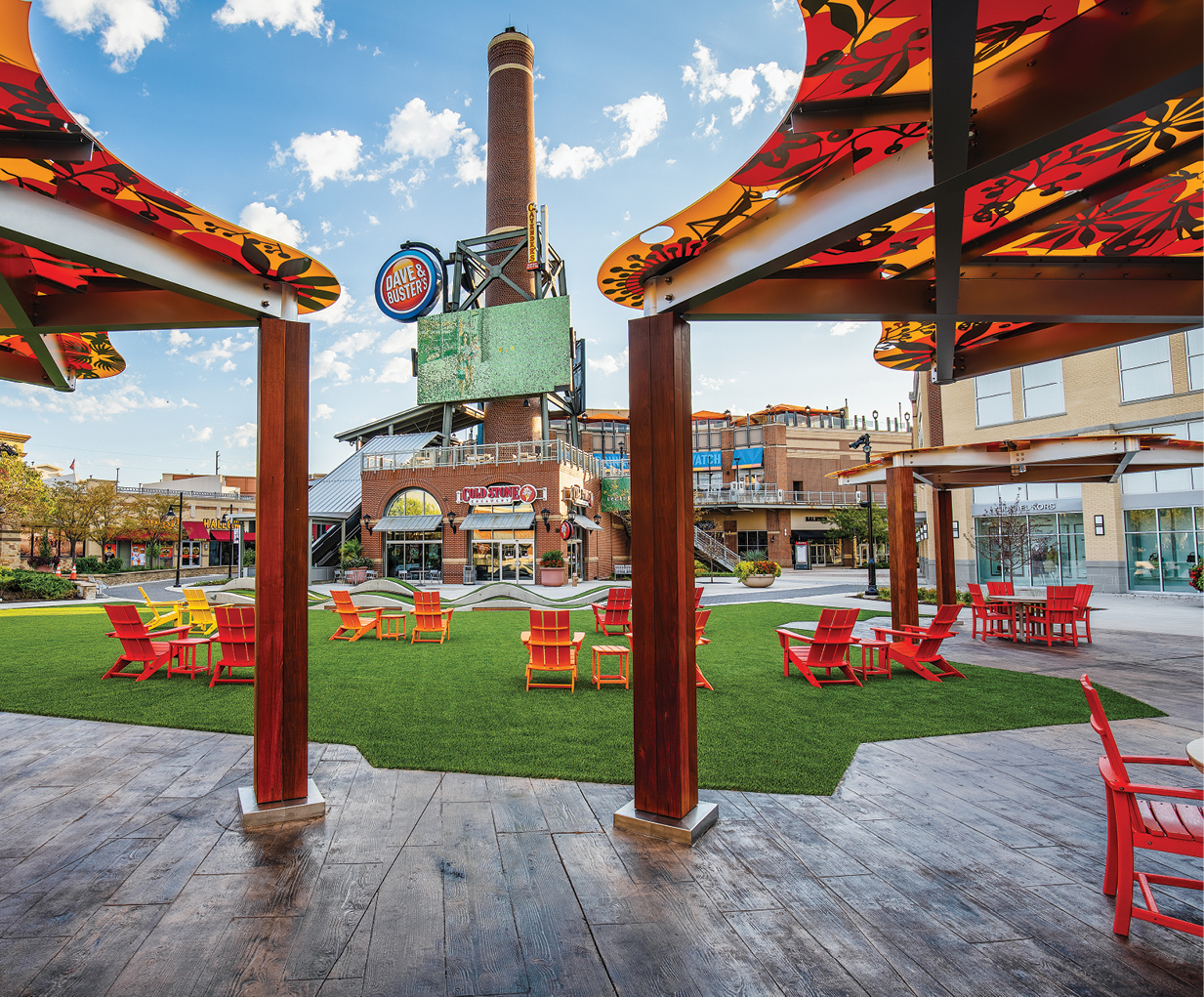When Kansas Governor Laura Kelly in February 2022 announced that 40 rural Kansas communities would receive more than $17.6 million in Community Development Block Grants, the news reflected only one aspect of a range of successful programs supporting placemaking and quality of life across the state’s 105 counties.
“These grants will help our communities improve public safety, revitalize vital infrastructure and maximize economic opportunity for our Kansas families,” Gov. Kelly said then. “Community Development Block Grants strike at the core of what we all want to achieve for Kansas,” added Lieutenant Governor and Commerce Secretary David Toland, “strong communities, healthy families and a high quality of life.”
The street improvements, housing rehabilitation, fire engines and water system improvements wrought by those grants literally lay the groundwork for economic development to come to small towns across the state. Among the categories targeted by CDBG grants in 2023 are several important to companies evaluating growth opportunities: regional water planning and water and sewer infrastructure; community facilities such as centers, libraries, parks and trails; childhood education and childcare facilities; and youth job training.
But the reach of Kansas community development programs extends further:
The Community Service Tax Credit Program allows private, non-profit organizations and public health care entities to improve their ability to undertake significant capital campaigns for projects involving children and family services, non-governmental crime prevention, youth apprenticeship or youth technical training, and health care. Specially selected non-profits are allowed to offer tax credits to donors making contributions to the approved projects, with applicants allowed to request up to $200,000 in tax credits. Applicant organizations in rural areas (< 15,000 population) are eligible for a 70% credit. Applicant organizations in non-rural areas are eligible for a 50% credit.
Kansas Main Street is a self-help, technical assistance program that “targets revitalization and preservation of downtown districts through the development of a comprehensive strategy,” says the Kansas Department of Commerce, noting that the national Main Street program born in the 1970s has blossomed into a network of nearly 2,000 communities in more than 40 states. Before the Kansas Main Street program was temporarily eliminated a decade ago, more than $600 million in redevelopment took place in participating Kansas Main Street communities. “This included the opening or expansion of 3,800 small businesses, creating more than 8,600 new jobs,” the state says. “With the return of the state program in 2020, 28 previously participating communities and new programs will once again have the resources and tools they need to breathe new life into their communities and historic commercial districts.”
The Kansas Individual Development Account Tax Credit Program allows administering organizations to provide qualified Kansans of low income levels the opportunity to achieve financial self-sufficiency through education and asset development via special savings accounts. “An Individual Development Account, also known as an “IDA,” is a savings account for low-income workers that can be used for small-business development, higher education, or the purchase of a first home,” the state says, including specialized training. Kansans with higher income levels can help others achieve financial independence by contributing to the program while receiving a 75% income tax credit for their donation to the program.
The Kansas Office of Broadband Development was established in 2020. The Broadband Acceleration Grant program is Kansas’ first state-funded competitive broadband grant opportunity to fund projects that facilitate access to high-quality internet service to Kansas homes, businesses and communities, with plans to invest $85 million over 10 years to bridge the digital divide.
“Kansans need high-speed internet to access healthcare, education, commerce and so much more,” said Gov. Kelly. “This funding is critical in our bold push to adequately connect and equip every part of Kansas for prosperity and growth, and to ensure that our state can compete economically.” The program followed on the Connectivity Emergency Response Grant program funded through the state SPARK program, which generated more than $65 million in total investment through 66 broadband infrastructure projects, the state says, impacting rural communities in 74 Kansas counties.

Legends Outlets is part of the sprawling and multifaceted Village West Development in Kansas City, Kansas, one of the most successful tourist destinations in the state.
Photo courtesy of Visit KC
The State of Kansas has designated 95 counties as “Rural Opportunity Zones” offering one or both of the following financial incentives for new full-time residents: student loan repayment assistance of up to $15,000 over five years, and a 100% income tax credit. Complementing this program is the state’s Rural Housing Incentive District program designed to aid developers in building housing within rural communities by assisting in the financing of public improvements. RHID captures the incremental increase in real property taxes created by a housing development project for up to 25 years. A 2021 law expands the types of projects allowed in RHIDs and enables the renovation into residential use (including vertical construction) of buildings and structures more than 25 years old on Kansas main streets and in downtown districts.
STARS of the Show
The state’s primary tool backing destination development for major commercial, entertainment and tourism destinations is the Sales Tax and Revenue (STAR) Bond program, created when Kansas in 1993 became the first U.S. state to develop such a financing program. A 2021 law signed by Gov. Kelly allowed the program to be used as a tool to recruit headquarters and major business facilities with the potential to attract sizable out-of-state visitation.
San Francisco–based Streetlight Data recently published a case study for the Kansas Legislative Division of Post Audit, “The Impact of STAR Bond Attractions on Kansas Tourism,” that examined 16 STAR Bond-backed attractions. As of November 2020, 12 Kansas cities had issued approximately $1.1 billion in total bonds through this program to develop 13 STAR bond districts — including 20 tourist attractions — and about $873 million in tax revenue had been used to pay off the bond debt. Streetlight found that while most of the 16 attractions lagged in reaching their visitor goals, three met or exceeded them in 2018-2019 (2020 data was not included due to the pandemic): Village West Kansas Speedway (with its associated retail area, waterpark, national training center and T-Bones Stadium); Topeka’s Heartland Motorsports Park and the Hutchinson Underground Salt Museum.
While many sites saw approximately 40,000-60,000 visitors each year, others saw millions. The Village West Legends Retail Center drew in a striking 20 million visitors in both 2018 and 2019.

